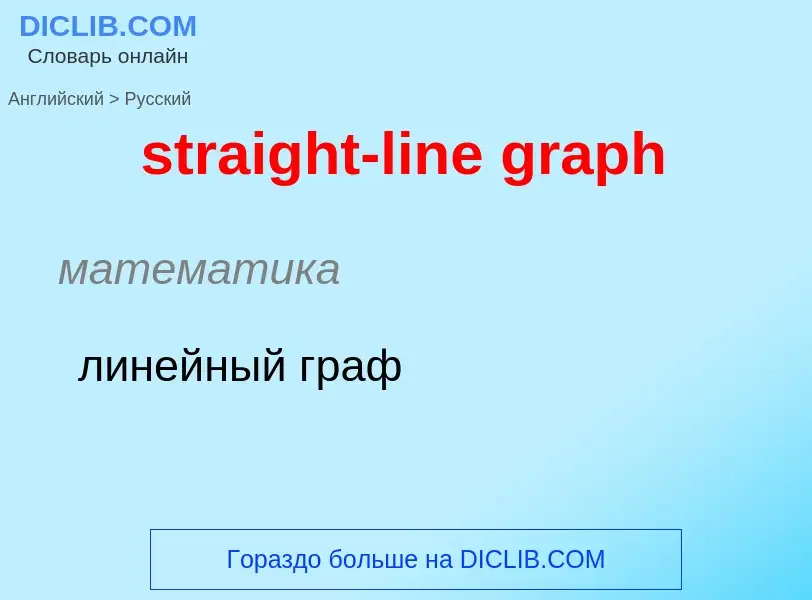Translation and analysis of words by ChatGPT artificial intelligence
On this page you can get a detailed analysis of a word or phrase, produced by the best artificial intelligence technology to date:
- how the word is used
- frequency of use
- it is used more often in oral or written speech
- word translation options
- usage examples (several phrases with translation)
- etymology
straight-line graph - translation to russian
математика
линейный граф
общая лексика
прямая линия
строительное дело
прямая (линия)
['streitlain]
общая лексика
прямой
Смотрите также
прилагательное
общая лексика
прямолинейный
поточный (о производстве)
техника
однорядный
Definition
Wikipedia

In computational geometry and geometric graph theory, a planar straight-line graph, in short PSLG, (or straight-line plane graph, or plane straight-line graph) is a term used for an embedding of a planar graph in the plane such that its edges are mapped into straight-line segments. Fáry's theorem (1948) states that every planar graph has this kind of embedding.
In computational geometry, PSLGs have often been called planar subdivisions, with an assumption or assertion that subdivisions are polygonal rather than having curved boundaries.
PSLGs may serve as representations of various maps, e.g., geographical maps in geographical information systems.
Special cases of PSLGs are triangulations (polygon triangulation, point-set triangulation). Point-set triangulations are maximal PSLGs in the sense that it is impossible to add straight edges to them while keeping the graph planar. Triangulations have numerous applications in various areas.
PSLGs may be seen as a special kind of Euclidean graphs. However, in discussions involving Euclidean graphs, the primary interest is their metric properties, i.e., distances between vertices, while for PSLGs the primary interest is the topological properties. For some graphs, such as Delaunay triangulations, both metric and topological properties are of importance.


